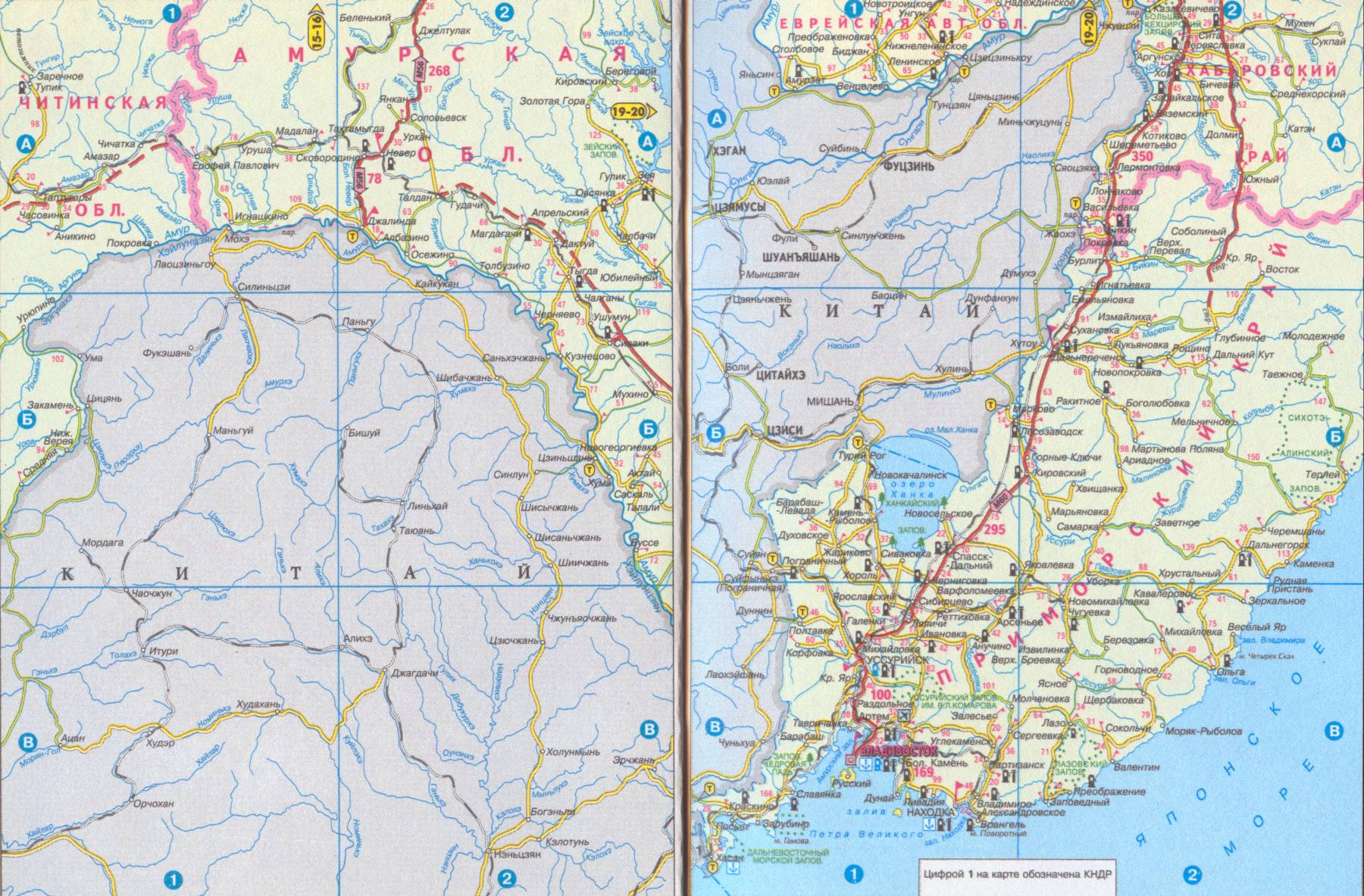Full text of ' 1 1 APRIL 29, 2005 * VOLUME 56 * NUMBERS 1-17 o PROCEEDINGS OF THE CALIFORNIA ACADEMY OF SCIENCES G Dallas Hanna (1887-1970) Diatomist, Geologist, and Invertebrate Paleontologist CALIFORNIA ACADEMY of SCIENCES San Francisco, California Copyright © 2005 by the California Academy of Sciences All rights reserved. No part of this publication may be reproduced or transmitted in any form or by any means, electronic or mechanical, including photocopying, recording, or any information storage or retrieval system, without permission in writing from the publisher. Scientific Publications Alan E. Leviton, Ph.D., Editor Gary C.

ELEKTROMOTORI 103 5. Motori u EX zaštiti 5.1. Uvod Motori u protueksplozijskoj zaštiti odlikuju se visokom kvalitetom materijala, robusnom. Arundati Roj. Bog Melochej.

Williams, Ph.D., Associate Editor Michele L. Aldrich, Ph.D., Consulting Editor Cover image G Dallas Hanna, Diatomist and Invertebrate Paleontologist (1887-1970); Curator of Geology, California Academy of Sciences, 1919-1970 In the early 1920s, G Dallas Hanna established the Academy's diatom collection, reintroducing a tradi- tion for the study of fossil and Recent marine and freshwater microorganisms begun with the founding of the California Academy of Sciences in the early 1850s. Hanna's interest in diatoms began in 1911 during the period when, as an employee of the U.S. Bureau of Fisheries, he was assigned to carry out a fur seal census in the Pribilof Islands. Thus, Hanna, when he came to the Academy in 1919, was to cany on the tradition begun by Academy co-founder John Boardman Trask and Academy member Henry G.
Hanks, a tradition he reenergized when he established the first laboratory for micropaleontology on the Pacific Coast. Today, the California Academy of Sciences houses one of the World's premier diatom research col- lections, under the capable curatorship of Dr. Patrick Kociolek, and is a beehive of research activity dealing with Recent and fossil, freshwater and marine diatoms emphasizing systematics and environ- mental studies. ISSN 0068-547X *7& 'PnaceeeUMQ* ^ t6e @10, per half row (0).
Descargar gratis canciones ultrastar deluxe. Can be an issue, especially when karaoke is brought into residential areas.
Reduction has resulted in narrower radulas with fewer than 10 lateral teeth (1). Number of inner laterals: Inner lateral teeth tend to be more highly developed than the outer lateral (marginal) teeth which are often reduced. In Bathydoris, and some dorids, only the first lateral tooth differs from the outer lateral teeth (0). Sapphirefoxx animations. In other dorids there are 2 or more teeth which can be differentiated from the outer laterals (1). Shape of innermost lateral tooth: Bathydoris, some cryptobranch and some phanero- branch dorids have cuspidate innermost lateral teeth.
The cusp is towards the center of a broad tooth and denticles may appear on one or both sides (0). Other, phanerobranch dorids have beak- like teeth, with a long cusp on the outer edge, and denticles, when present, only on the inner side (1). Denticulation on innermost lateral tooth: Bathydoris has denticulations on both sides of the inner lateral teeth, as do some dorids (0). Other dorids, used here, may have denticulations only on the inner side (1) or they may be absent (2). Marginal teeth or outer lateral teeth: In Bathydoris and many cryptobranch dorids, these are elongate, hamate teeth, with or without denticles on the outer side (0). In some phanerobranch dorids they are reduced to either an elongate-oval plate (1) or a wide, rectangular plate (2). Ampulla: The hermaphroditic ampulla is narrow and undifferentiated in Bathydoris and many dorids (0).